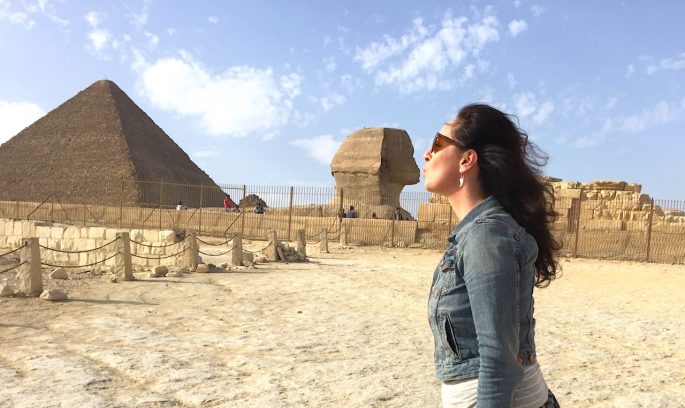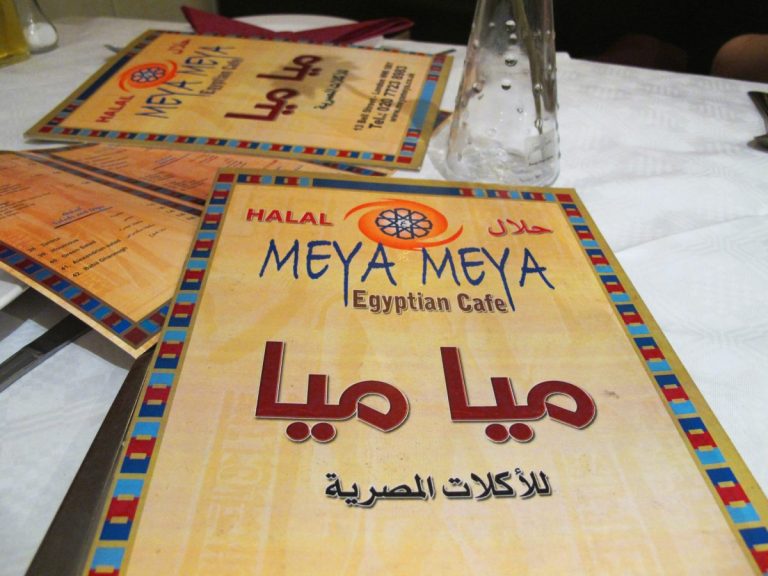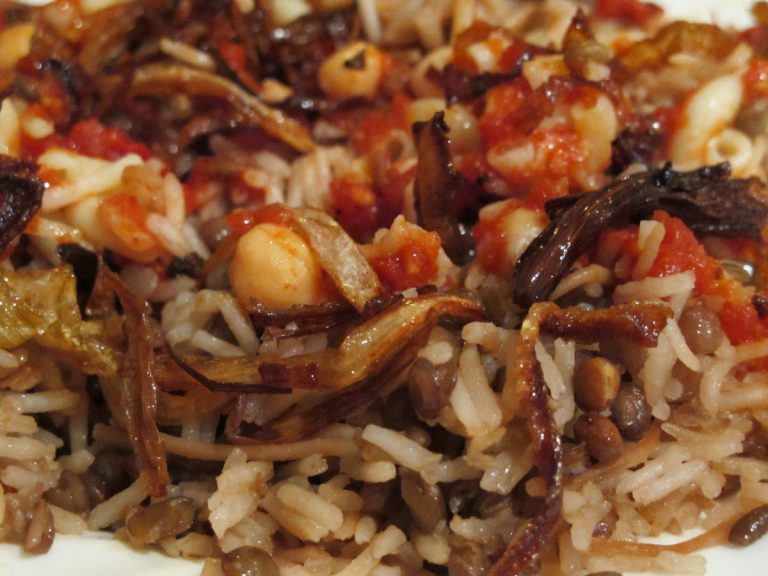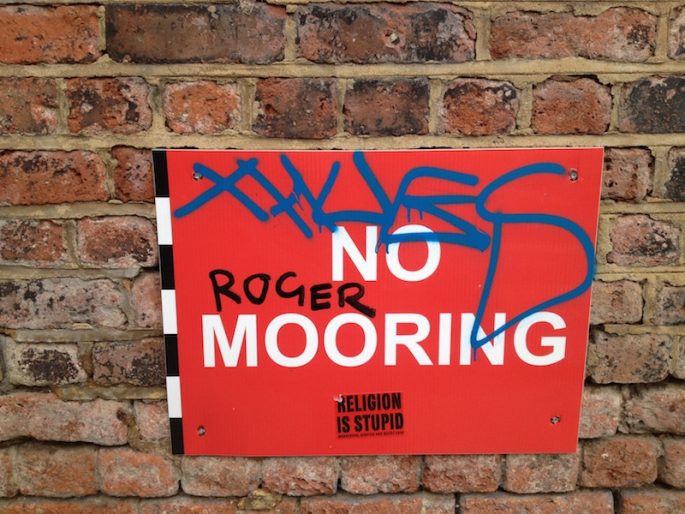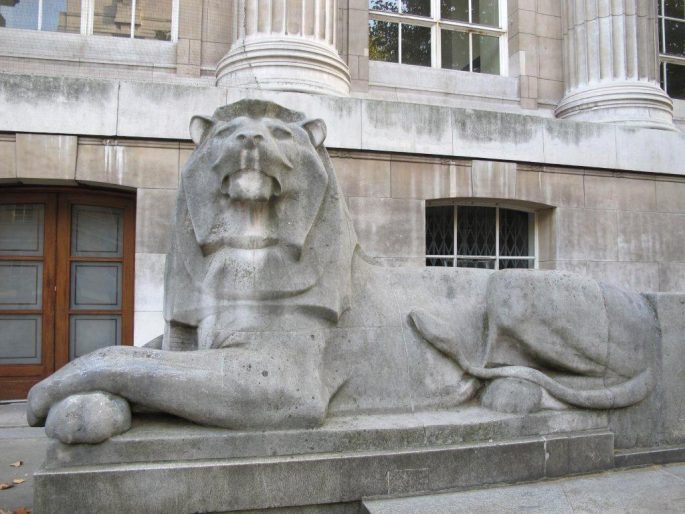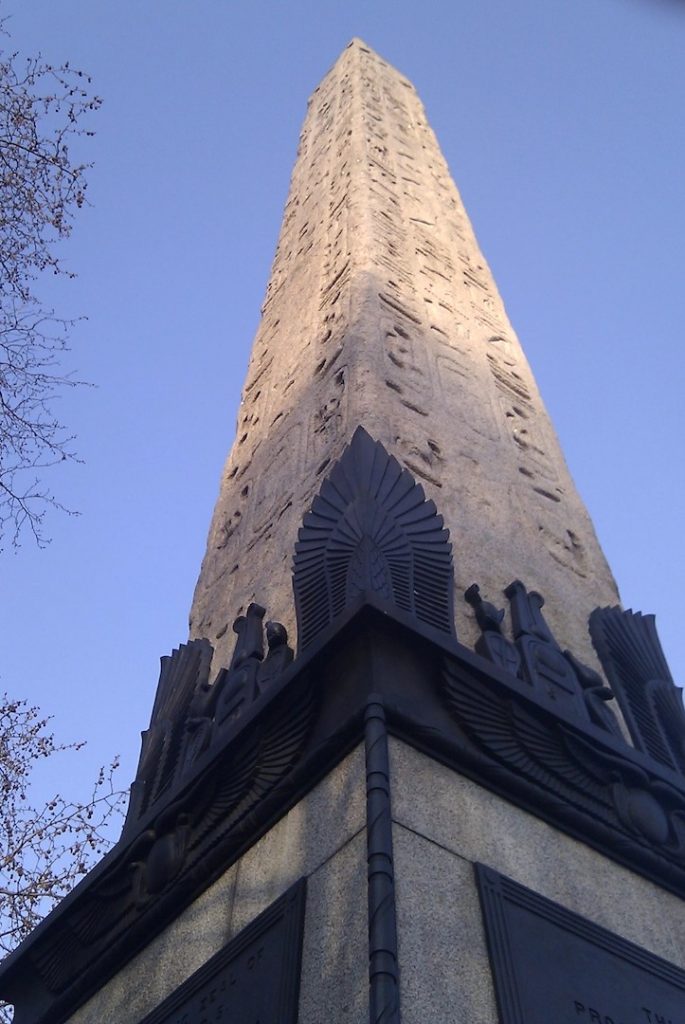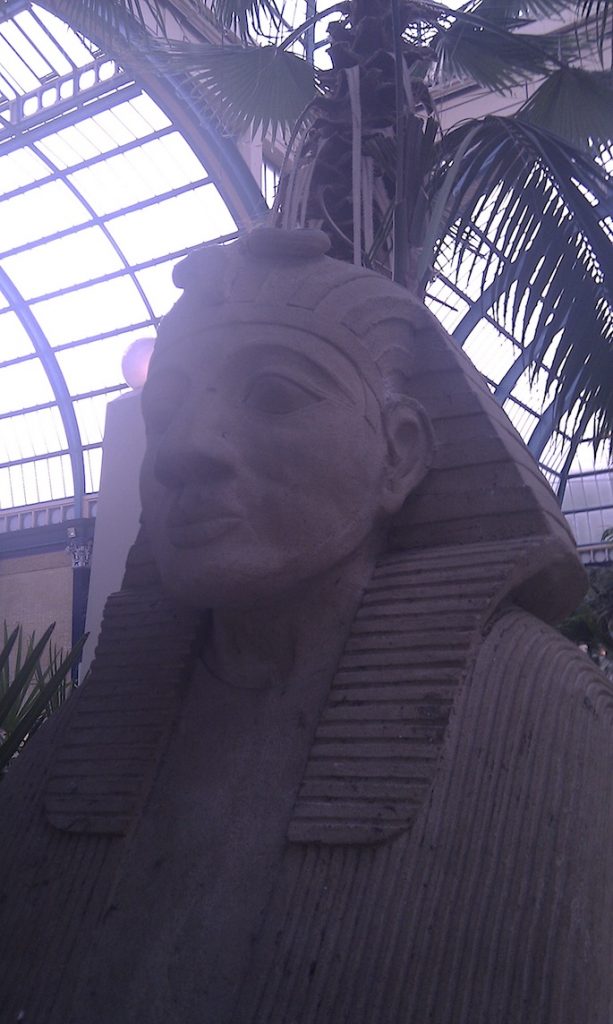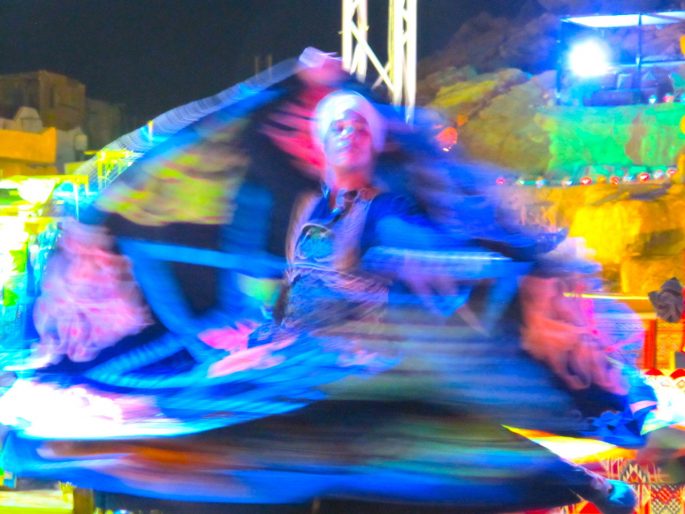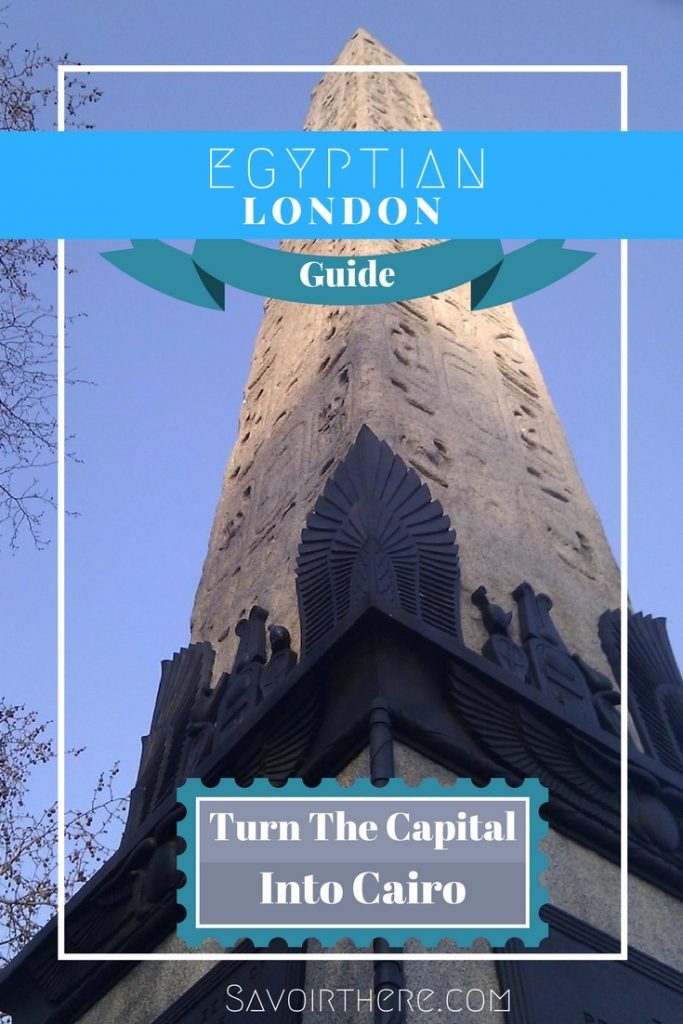Walk Like An Egyptian In London – Bring Cairo To The Capital
Written by Jaillan Yehia
London is incredibly multicultural, meaning it’s packed with cool and curious cross-cultural ideas on every corner.
But Egyptian influences in the city are not always immediately obvious – unless you know where to look – so you may wonder if it’s possible to enjoy an entire Egyptian itinerary while out and about in the British capital.
Take it from this Egyptian: it is possible and is well worth seeking out a taste of Egypt in London. So even if the closest you’ve come to the riches of the pyramids is an artfully arranged pile of Ferrero Rocher, you can still evoke the tastes, sounds and smells of the Nile, while remaining resolutely close to the Thames.
What Does This Post Cover?
Walk Like An Egyptian
Almost all authentic efforts to get a taste of Egyptian London, literally and metaphorically, should start with a mooch around Edgware Road or Little Cairo as it is known.
The late night buzz of Cairo is re-enacted in the pavement cafes and neon lights of Edgware Road, where it’s possible to sample everything from shisha to an authentic shawarma, and best of all some exceptionally authentic baklava and to get caught in a traffic jam at 2 am. Just like the real Cairo.
If you’re looking for Middle Eastern food in general then any of the wildly successful Maroush outposts, especially its most brusque outpost Ranoush Juice, are worth a try and you can just order a fresh watermelon juice and settle down for a good dose of people watching. But for true Egyptian street food you can try a couple of other places too…
Eat Like An Egyptian
We all know that food is the lynchpin of cross-cultural understanding, and in a city that’s known as a major melting pot, breaking pitta bread should be the first thing on your Egyptian London agenda. But sadly, aside from Ali Baba near Baker Street, Ahl Cairo is the only self-proclaimed Egyptian restaurant in the city, tucked away on quiet Bell Street, off Edgware Road.
Ahl Cairo
Like many people I know I was put off visiting for years by the unassuming entrance – but once past it you’ll find a basement housing a variety of nationalities devouring huge helpings of food, to the sound of Egyptian music videos, surrounded by a few sketches of buildings in Alexandria on the walls.
The menu carries most of the responsibility to transport you to Cairo with classic dishes like Ful medames, an Egyptian take on refried beans, feteer a pizza-style treat, and molokhia, a cross between kale and spinach which is made into a soup.
Known previously as Meya, Meya which literally means ‘one hundred, one hundred’ but translates in Egyptian idiom as ‘excellent, excellent’ the food lives up to the name and is genuinely tasty and home-cooked.
Koshari
The Koshari Street food chain now had 3 branches in London, and I remember being delighted when it first opened in 2013 to see that someone had brought koshari (pronounced cooshary) – a classic Egyptian comfort food that’s cheap and easy to make and easy to eat on the go – to the hungry London masses.
Made with pasta and rice, along with lentils and chickpeas, this is filling and amazingly for a main course in London, costs only about a fiver. Koshari also sells ta’amia, the Egyptian-style (and superior tasting) green falafel as well as other sides and is very veggie-friendly.
Yalla Yalla
If you’re heading into central London you could try Yalla Yalla, which again is not strictly Egyptian, but does represent a very closely related but much more omnipresent branch of Middle Eastern cuisine; Lebanese food.
I’ve often wondered why immigration to the UK was so much more prevalent among amongst the Lebanese – and wished that more Egyptians like my dad had made the move here back in the day, and brought their delicious food with them so we could see more Egyptian restaurants on London’s streets.
The Beirut Street food chain (there are 2 branches) is very Egyptian in name though: Egyptians yell the familiar refrain, ‘Yalla’ meaning ‘Hurry up!’ just as much, if not more than any other Arabic-speaking nationality.
Bond With Egyptian Street Food At Home
Egyptian cuisine may not have permeated Western culture in the same way as the food of Lebanon, but you can make it a household name round your place by cooking up the Egyptian national dish for yourself.
If you can’t make it to Koshari, bring Koshari to you. It’s made entirely of ingredients which can be easily sourced in a normal supermarket, or even corner shop – lentils, pasta, rice, chickpeas, onions and tomato. If you really want to be authentic though, cook it using ghee instead of oil.
Eat while listening to Natacha Atlas (a contemporary British-Egyptian singer), or accompanied by Roger Moore cavorting with belly dancers and chasing Jaws around the pyramids in The Spy Who Loved Me and you’ve got yourself a real Egypt-themed night in.
Now some free ideas for seeing Egyptian London – Well, it’s only Pharaoh
Petrie Museum of Egyptian Archaeology
Worth a try for real archaeology fans is the Petrie Museum of Egyptian Archaeology has a vast collection of 80,000 antiquities, making it one of the biggest collections of Egyptian artefacts outside Egypt.
The British Museum
The British Museum is always a good bet for a glimpse into Egypt’s mummified ancient history in the capital, it is endlessly fascinating and it’s free.
Sir John Soane Museum
This museum is not dedicated exclusively to the Middle East but does offer your best chance this side of the Suez Canal to see a Sarcophagus by candlelight as well as the constant stream of Egypt-inspired exhibitions. General admission is free.
Regent’s Park Mosque
You can marvel at what’s known as The London Central Mosque anytime you like. You could do a lot worse than a walk from Edgware Road via Lisson Grove to the mosque on a sunny day and enjoy the view from outside, or, regardless of your religion, you can go inside.
Mosques are often awe-inspiring architectural feats and the architect of Regent’s Park Mosque was also the designer of the 1962 Roman Catholic Cathedral in Liverpool which is a nice touch. And just like other religious institutions, providing you are respectful and genuinely interested, you don’t have to prove any ethnicity or faith to get a tour – info is here.
The British Library
The British Library is another amazing free London resource, which holds two well-preserved Egyptian Qu’urans from the 14th Century amongst its treasures. No need to ‘book’ for this (sorry).
Cleopatra’s Needle
London’s most famous symbol of the close relationship between Britain and Egypt is the misleadingly-named Cleopatra’s Needle. The 180-ton monument lies on the embankment along with two replica sphinxes but the obelisk pre-dates Cleopatra herself by a full millennia.
It was moved from Heliopolis (in modern day Cairo) to Alexandria by the Romans, served as a monument to Mark Anthony and was buried in sand for 2000 years, before being shipped to the UK from Egypt in 1877.
The shipping is an entire story in itself: encased in a specially-designed metal ship nicknamed Cleopatra, the needle was lost then found again at sea before being erected on the Thames.
Legend has it the base bears the following very English tongue-in-cheek inscription:
“This monument, as some supposes, was looked upon in old days by Moses, it passed in time to Greeks and Turks, and was stuck up here by the Board of Works.”
See The Sphinx(es)
You have plenty of opportunities to see more sphinxes in London – they can be found at the Egyptian Hall at Harrods (Al Fayed being the most famous Egyptian export in London) it may be an expensive shop but it’s free to browse.
You’ll find the giant cats at Alexandra Palace too, as well as Crystal Palace and Chiswick House and the Victorian fascination with Ancient Egypt can also be felt at Highgate Cemetery, where one particular woodland path leads you to an ‘Egyptian Avenue’ complete with obelisk and 36 Egyptian vaults, before continuing onto the ‘Circle of Lebanon’.
Don’t Be Shai
If you fancy yourself up on the stage or want to get Egyptian vibes every week, consider signing up to a belly dancing class – the movements, costumes and music will transport you to Egypt and many sports centres offer classes.
If that’s too energetic look for a whirling dervish performance in London, known in Egypt as Tanoura Dance, this style of dance is mesmerizing.
Finally if you want to fully immerse yourself in Middle Eastern culture in London why not embrace the poetry and rhythm of a language which has been around for over 14 centuries by taking an Arabic class – lessons are available all over London and will make it so much more fun should you do make it to the real Cairo one day.
If you know of any other Egyptian activities in London please tell me in the comments I’d LOVE to hear about anything I may have missed!
Tags: Belly Dancing, Egypt, London
Trackback from your site.

